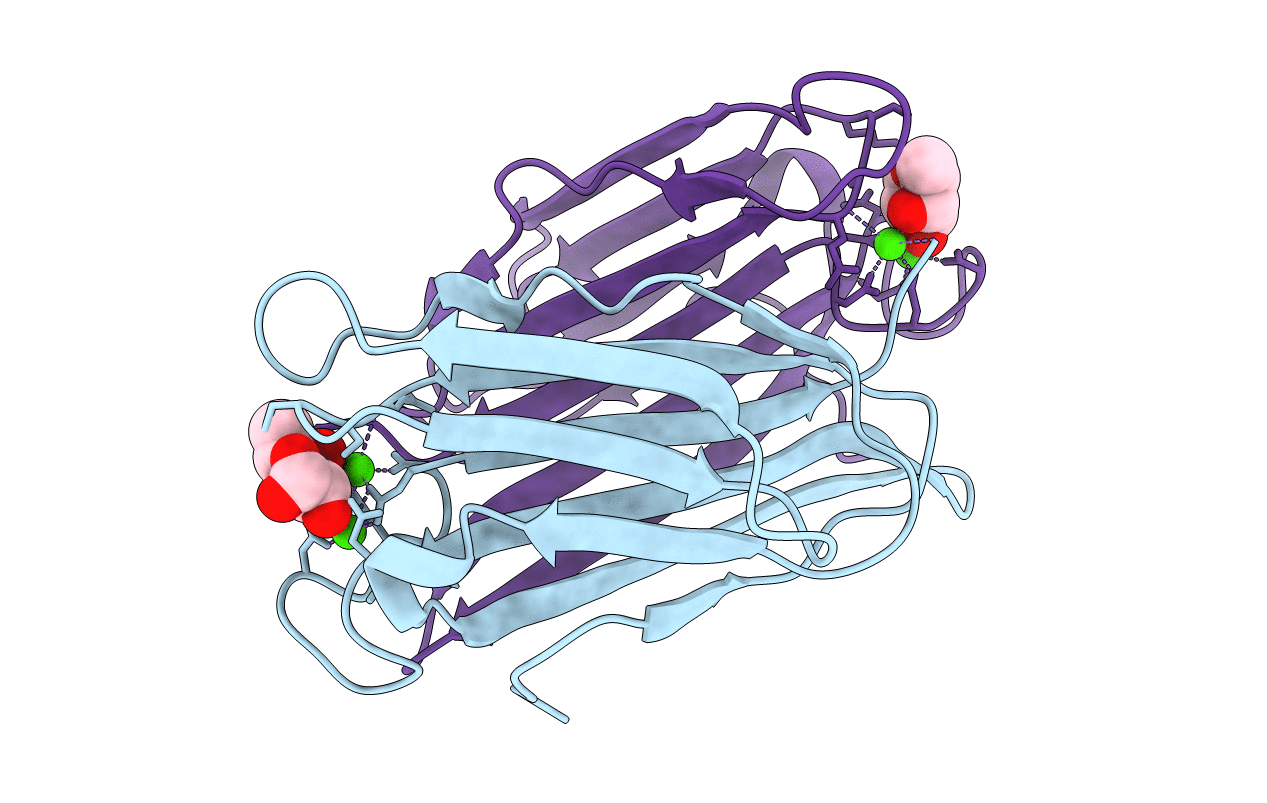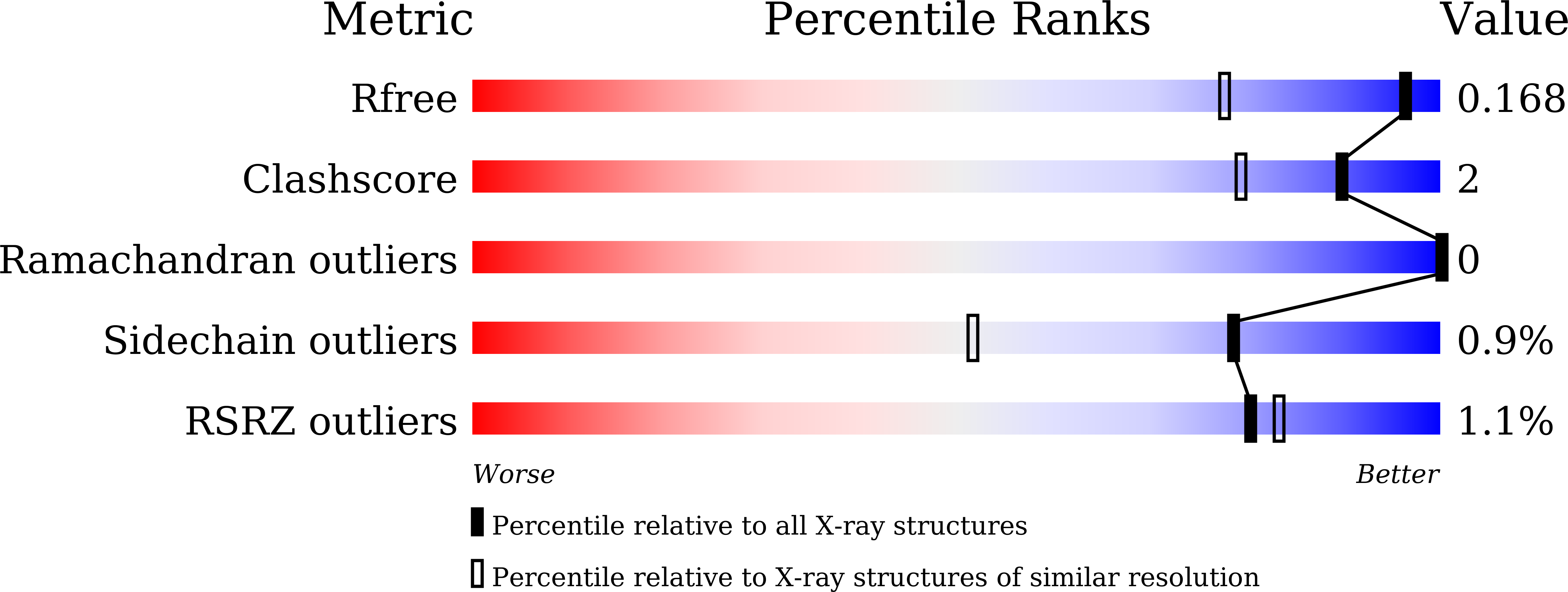
Deposition Date
2021-07-04
Release Date
2022-07-06
Last Version Date
2024-10-09
Entry Detail
Biological Source:
Source Organism:
Corticium sp. (in: Fungi) (Taxon ID: 1935377)
Host Organism:
Method Details:
Experimental Method:
Resolution:
1.33 Å
R-Value Free:
0.16
R-Value Work:
0.15
R-Value Observed:
0.15
Space Group:
P 21 21 21


